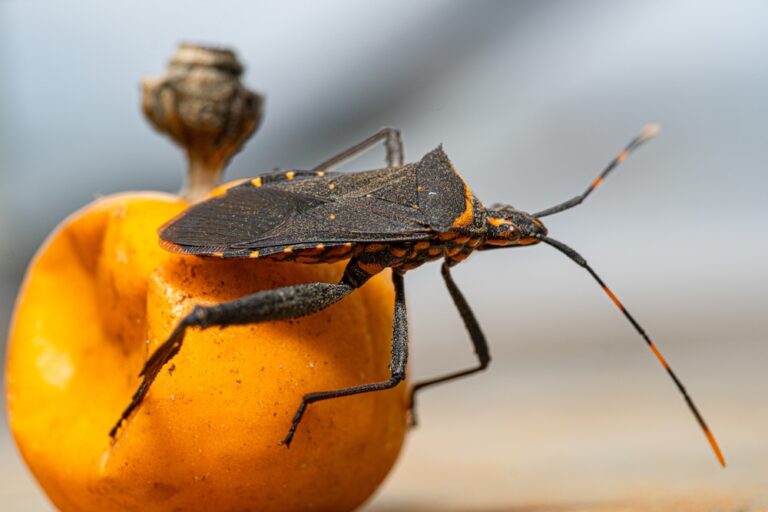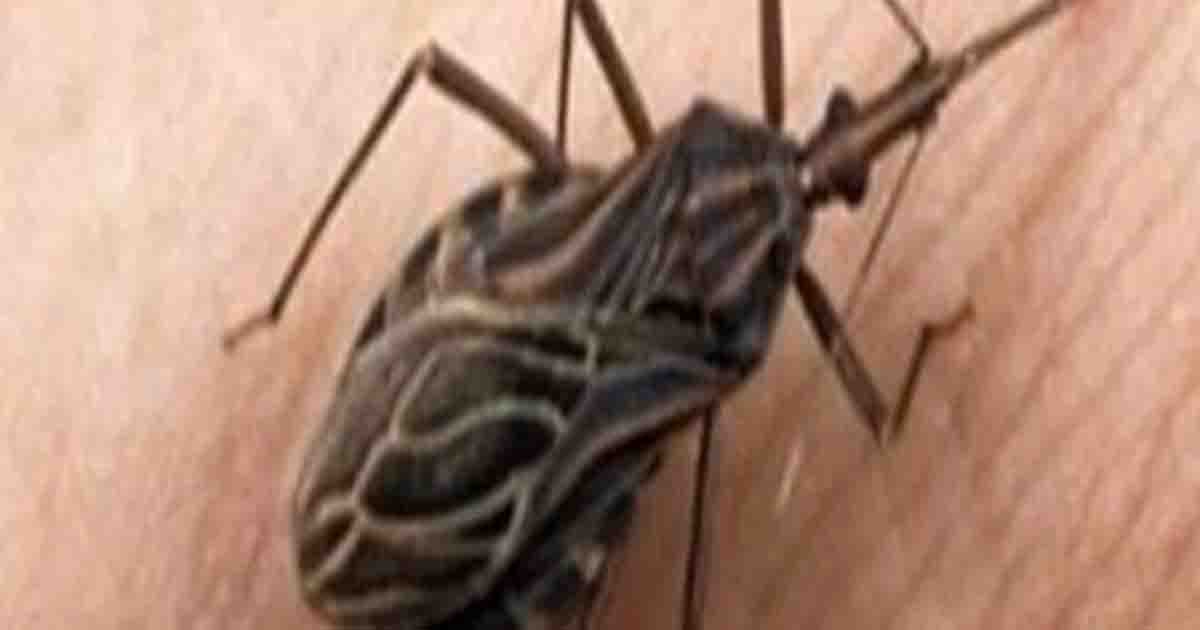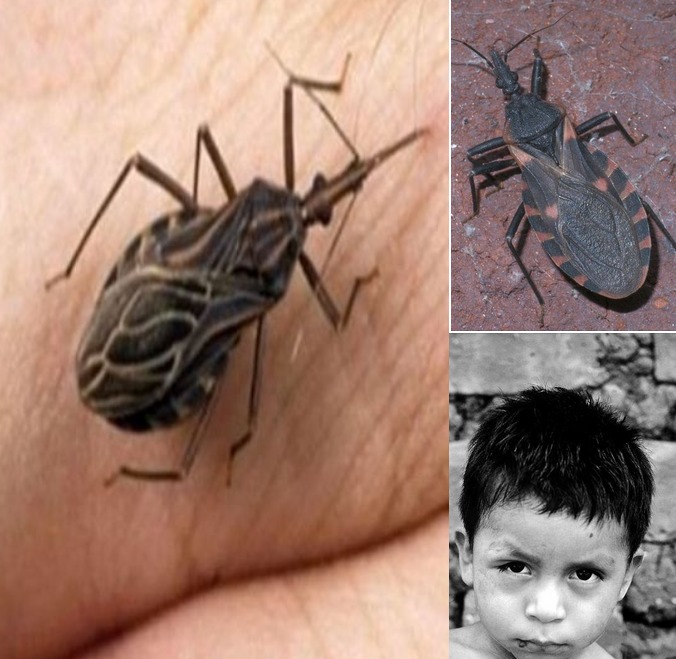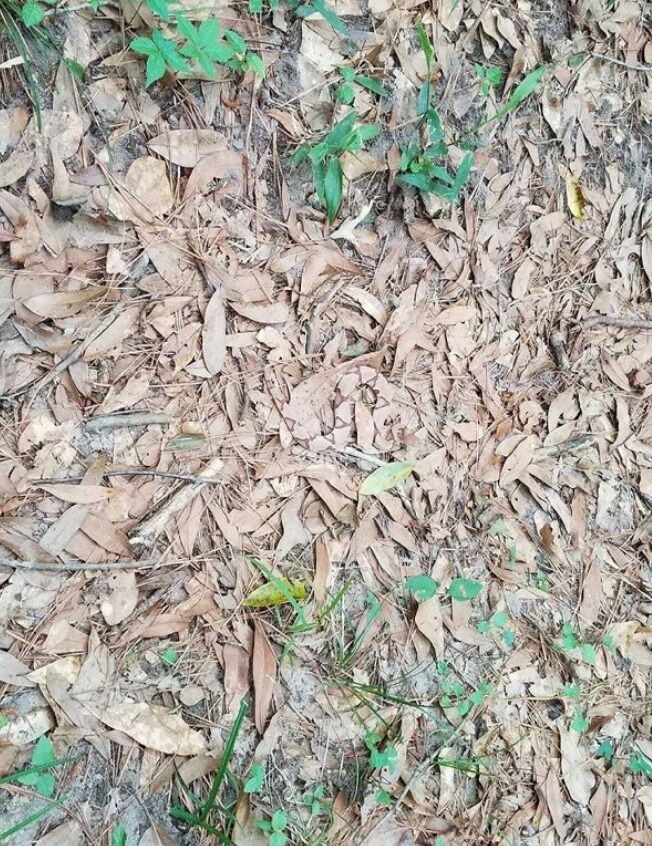Did you know that bugs that come out at night can seriously hurt people or give them a sickness that lasts forever? They are not just annoying pests, but they can also carry dangerous diseases. One such disease is Chagas, a silent killer that affects up to 8 million people every year and sadly claims the lives of 12,000 individuals. This disease often goes unnoticed, earning it the name of “silent killer”.

Emiliana Rodríguez, a young woman from Bolivia, knows firsthand the devastating impact of Chagas. When she was little, she witnessed a friend suddenly die while playing soccer at night, and later discovered it was because of this disease. The fear of Chagas haunted her even after she moved to Barcelona. When she was expecting her first child, she was terrified to discover that she had contracted the disease herself. She worried about the safety of her baby, fearing the same fate that befell her friend.
Fortunately, Emiliana received treatment to protect her newborn from Chagas, and tests confirmed that her daughter was free from the disease. However, in Mexico, a young girl named Idalia discovered she had Chagas when she donated blood near her home in Veracruz. Idalia was shocked to learn about this disease she had never heard of before. She felt lost and scared, realizing that many people are unaware of Chagas, despite it being spread by common pests.
Chagas is primarily transmitted by bugs known as triatomine, or kissing bugs, which are most active at night. These bugs hide in the walls of homes, particularly in poorer areas. They can spread the Chagas disease by biting someone and leaving feces on the skin. If the bite is scratched or the feces enter the eyes or mouth, the person can become infected. Astonishingly, around 8 million people in places like Mexico and South America have Chagas, but many are unaware of their condition. The World Health Organization estimates that only 10% of Chagas cases worldwide are actually detected, making it difficult to treat and control the spread of the disease.
Hernández and her daughter Idalia faced challenges in finding doctors who were knowledgeable about Chagas and its treatment. This lack of awareness and expertise added to their fears and anxieties. Many doctors in Mexico are not trained to recognize or treat Chagas, often mistaking it for other heart diseases. The truth is, Chagas is not adequately addressed in the healthcare system, leaving many affected individuals without clear information and support.
Chagas is classified as a neglected tropical disease by the World Health Organization, meaning it often goes unnoticed on the global health scene. One reason for this is that Chagas can remain dormant in the body for a long time without showing symptoms. Additionally, the disease predominantly affects poorer communities, who often have limited influence on healthcare policies. These factors contribute to Chagas being overlooked and underfunded.

Efforts are being made to raise awareness about Chagas and tackle the disease. The Chagas Hub in the UK, led by Professor David Moore, aims to increase testing and treatment accessibility. The focus is on preventing mother-to-child transmission of the disease. However, progress in eliminating Chagas is slow, and the goal set by the World Health Organization to eradicate it by 2030 may be too ambitious.
Currently, there are two medicines available for Chagas: benznidazole and nifurtimox. However, these medications have been around for over 50 years and are not always effective or well-tolerated. Better treatment options are needed, but drug companies are hesitant to invest in researching and developing new drugs for Chagas due to limited profitability.

Individuals like Hernández, who serves as the president of the International Federation of Associations of People Affected by Chagas Disease (FINDECHAGAS), and Rodríguez, who advocates for Chagas awareness through a campaign with the Barcelona Institute for Global Health, are working tirelessly to shed light on this silent and dangerous disease. Their efforts are starting to make an impact, and more people are beginning to listen.
April 14th is observed as World Chagas Disease Day, marking the date when the first human case of the disease was discovered in 1909. This day aims to raise awareness about Chagas and other neglected tropical diseases. By joining together and spreading the word, we can contribute to the fight against Chagas and ensure that more people get tested and receive the treatment they need.

To protect your home from the bugs that spread Chagas, follow these preventative measures recommended by the CDC:
- Fix any cracks or gaps in your home’s walls, roofs, doors, and windows.
- Clear away wood, brush, and rocks near your house.
- Ensure doors and windows have screens and repair any damages.
- Block any openings leading to attics or under the house.
- Keep your pets indoors, especially at night.
- Maintain a tidy home and check regularly for bugs in and around pet areas.
If you find a kissing bug, do not squish it! Instead, carefully capture it in a container and either fill it with rubbing alcohol or freeze it. Then, take the container to a local health department or university lab for identification.
The thought of these bugs hiding inside our homes is indeed unsettling, akin to a scary tale of monsters lurking in the dark. Let’s work together to shine a light on Chagas and ensure that this overlooked disease becomes a thing of the past. Spread the word and help protect others from this quiet but dangerous threat!






